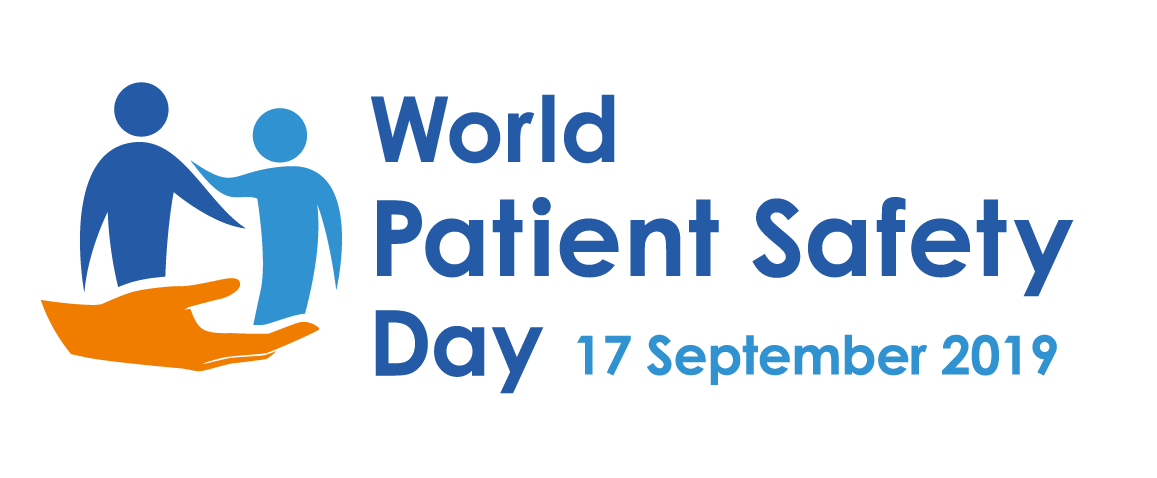
WHO/Y. Shimizu
©
Credits
Plan your own campaign

World Patient Safety Day brings together patients, families, caregivers, communities, health workers, health-care leaders and policy makers to show commitment to patient safety.
Tips for a successful campaign:
- Adapt WHO’s campaign materials to your national and local context.
- Identify your network of influencers including patient organizations, professional associations and educational institutions.
- Remember to be inclusive: include patients and people from all levels of care – from administrators to policy makers, pharmacists to lab technicians, health workers to cleaning staff.
- Create awareness and a culture of patient safety that empowers patients, health workers and leaders to communicate openly and learn from errors rather than blame.
Key stakeholders
Reach out to a range of stakeholders and influencers to join your campaign:
- Patients, including families, caregivers and communities. Reach out to vulnerable groups in elderly and children’s care homes.
- Health workers who are working in clinical and non-clinical areas at all levels of health care.
- Policy makers from ministries of health, finance, and education, as well as parliamentarians and political leaders.
- Academics, including students and researchers at universities and professional and educational institutions.
- Professionals associations and patient organizations.
- Community leaders and activists, foundations, charitable sectors and international organizations.
- Healthcare innovation industries, including IT, manufacturers of medical devices, software, hardware and apps, insurance companies, inventors and entrepreneurs.
Activity ideas
Acknowledge patient safety champions
- Organize awards or a "Hall of Fame" in healthcare facilities to recognize patient safety champions.
Light up a monument or fountain
- In collaboration with your local or national government, arrange to light up a prominent monument, public space, or natural feature in orange on 17 September. If your planned events go beyond the day, you may wish to extend it for the whole week or beyond.
- Share your photos of the lit up monuments with us at patientsafety@who.int and one your social media channels using #PatientSafety and #WorldPatientSafetyDay.
Events
- Organize public events with active participation from patients, national health leaders and health sector partners.
- Organize technical seminars and symposia on patient safety.
- Organize patient safety events for especially vulnerable patient groups such as elderly patients. Invite and engage families and communities to partner in your event.
- Ask healthcare leaders to promote World Patient Safety Day on social media, websites, television and radio interviews and use the slogan “Speak up for Patient Safety” in their speeches and interviews.
- At the healthcare facility level, organize an open day for the media and patients to see the steps you have taken to reduce the risk of making errors. Show them how you keep patients safe.
- Identify and contact influencers to speak up for patient safety and support World Patient Safety Day activities.
Social media
- Use #PatientSafety #WorldPatientSafetyDay hashtags and the slogan “Speak up for Patient Safety!” on social media.
- Follow WHO on our official Facebook, Twitter, Instagram, LinkedIn and You Tube channels. Share, subscribe and amplify our patient safety messages.
- Ask celebrities, influencers, health workers and leaders to take their photo with “Speak up for Patient Safety” signs and post them on social media. Use WHO social media messages.
- Identify patient safety champions, and get their consent to tell their stories on your social media channels.
Media
- Contact media in advance of World Patient Safety Day to secure their interest and support; provide them with information and impactful testimonials. Use information from the WHO website to inform media about key messages and issues of patient safety.
- Produce television or radio spots promoting patient safety.
- Reach out to radio stations. WHO’s campaign essentials will feature radio messages that can be translated in local languages.
Art
- Encourage theatre groups to produce plays to raise awareness.
- Approach artists to create artwork for patient safety for your health-care facility.
Visual displays and souvenirs
- Produce and display World Patient Safety Day roll-up banners, posters and electronic visual displays.
- Produce and distribute World Patient Safety Day souvenirs such as T-shirts, mugs, caps, wrist bands, pins, book marks, notebooks, and car stickers.
Partnerships
- Build partnerships with patient associations; encourage them to share their stories of change and improvements and amplify these stories through your networks.
- Engage non-governmental organizations and local health-care advocates and community leaders.
Healthcare educational institutions and academia
- Advocate for patient safety to be a part of the curriculum.
- Organize student events on the day.
- Invite patients to your events to share their testimonials.
- Reach out to academics and the research community through conferences, webinars, symposia, seminars.
- Organize special editions of newsletters and journals dedicated to patient safety during September.
- Recognize “Young champions of patient safety” to inspire research in their area.
- Organize in-service training for health-care professionals on patient safety.
Healthcare Industry
- If your company produces medical devices, apps and other medical products, highlight to your customers how you are prioritizing patient safety.
